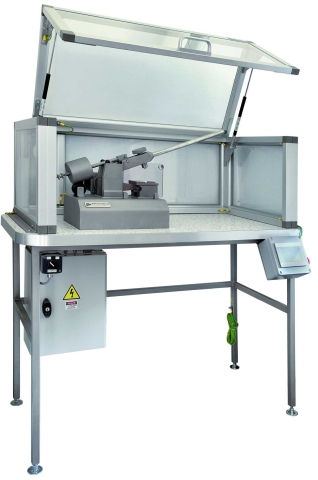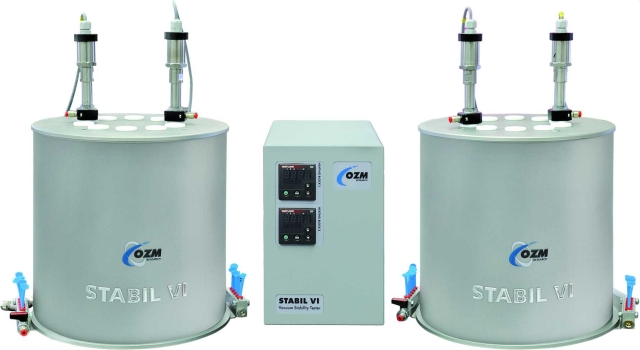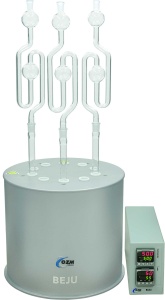Ammunition with expired service life need to be safely and environmentally friendly disposed in a relatively short time frame in order to eliminate risks of its accidental explosion in prolonged storage. The most environmentally friendly and cost-effective ammunition demilitarization methods are based on the ammunition disassembly and recycling of recovered metals and separated explosive materials (EM).
Separation of EM from projectiles or rocket motors often involves methods causing thermal (melt-out) or mechanical (drilling, machining, press-out, wash-out) stress to the EM, which needs to be properly characterized to avoid accidental explosions during the demilitarization process. Aged EM can have significantly decreased chemical stability and increased sensitivity to external stimuli due to contamination with contact materials (lacquers, waxes, rust, dirt). These factors need to be carefully characterized first before developing the appropriate demilitarization technologies and later adopted in QC procedures during their operation.
Instrumentation testing sensitivity to impact (BFH Series), friction (FSKM 10) and electrostatic spark (XSPARK 10) are most suitable for determining the risk levels of demilitarization procedures, while thermal analysis (DTA 552-Ex) and vacuum stability test (STABIL VI) are two of the best methods to assure appropriate thermal and chemical stability of demilitarized EM. Other stability testing methods, such as stabilizer depletion (HPLC) or classic heat stability tests are however applied as well.
Recovered high explosives, as well as gun and rocket propellants, can be effectively reformulated into commercial blasting agents, which need to be verified by the methods described above at the Qualification for commercial use, Product quality control and Storage and transport classification sections above.






